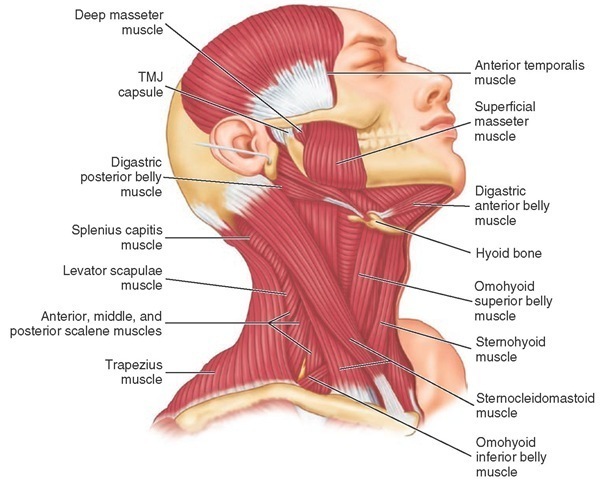
Joints And Sex, group blonde brunette sex blowjob cumshot facial foursome 11:01 min | Porn Quality: 73%
The wrist joint (also known as the radiocarpal joint) is a synovial joint in the upper limb, marking the area of transition between the forearm and the hand.

FACIAL BONES ANATOMY The skull is additionally comprised of fourteen bones which make up the face. The facial bones do not touch the brain but are still considered part of the skull. Some cranial bones meet with the facial bones to give each individual a varying form, the frame work from which the face is then built upon. Additionally, facial bones …

The ankle joint (or talocrural joint) is a synovial joint, formed by the bones of the leg and the foot – the tibia, fibula, and talus. In this article, we shall look at the anatomy of the ankle joint; the articulating surfaces, ligaments, movements, and …


BioCell Collagen® is a science based, clinically tested dietary ingredient that promotes active joints, youthful looking skin, and healthy connective tissues.


TMJ Symptoms: The most common symptoms that a patient can develop are pain, followed by restricted mandibular movement, and noises from the temporomandibular joints (like pops or clicks) during jaw movement.
A joint or articulation (or articular surface) is the connection made between bones in the body which link the skeletal system into a functional whole. They are constructed to allow for different degrees and types of movement. Some joints, such as the knee, elbow, and shoulder, are self-lubricating, almost frictionless, and are able to withstand …

Platelet-Rich Plasma (PRP) for Facial Rejuvenation. Facial rejuvenation is a top priority for many of Dr. Rizk’s New York patients, but not all of them are ready or willing to undergo invasive surgery to achieve a more youthful appearance.


Facial Anatomy Yes, you do need to know the bones and muscles of the face!
If you chew gum on a regular basis, please consider the following: Chewing gum causes unnecessary wear and tear of the cartilage that acts as a shock absorber in your jaw joints.